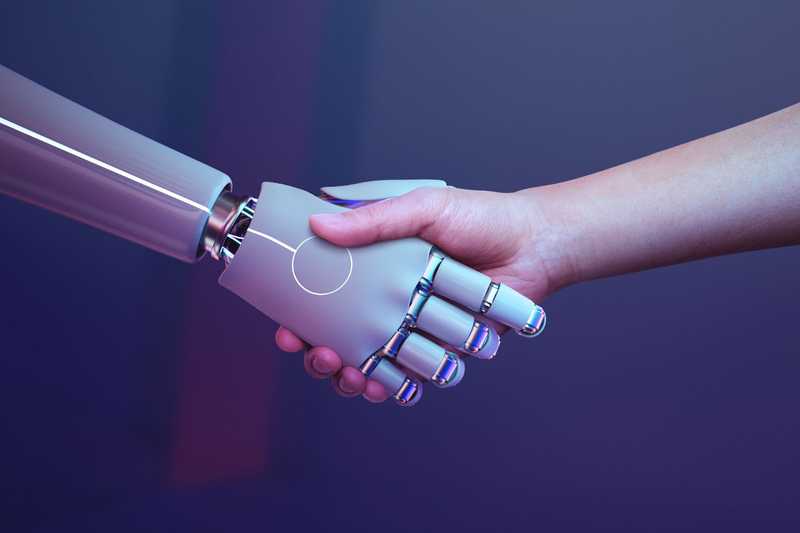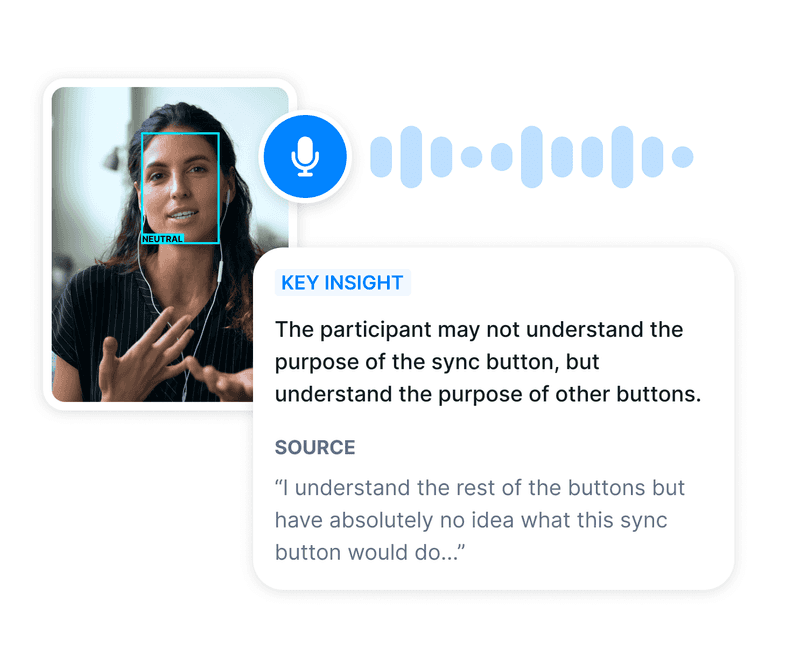With the rapid advancements in artificial intelligence (AI), many companies turn to AI tools to achieve a user-centric design. While many UX researchers miss valuable hidden insights in customer data with manual labor, AI can aid personalization in UX while also automating the process. That’s why this article will focus on explaining the use of AI in bringing diverse voices to UX.
By elaborating on the importance of including diverse voices in UX and how AI can help in the process, you’ll acquire the needed knowledge to have a better understanding of user behavior. Furthermore, we’ll deep dive into some of the most promising tools for the cause and their unique features.
Continue reading to discover all there is to know about uncovering insights with AI and leveraging cultural insights!
The Importance of Including Diverse Voices in UX
Inclusivity and diversity have always posed a big challenge for businesses regardless of the industry. Many groups often feel underrepresented in corporate settings, including user research studies. Since UX is a user-centric practice, it’s important to include diversity to achieve higher user satisfaction.
While diversity focuses on recognizing differences based on various backgrounds and circumstances, inclusivity is all about valuing that difference. Thus, the important factors one should consider are ethnicity, race, sex, gender, location, age, education, profession, income, and disabilities.
By including users from various backgrounds when testing user experience, you can get a broader and more detailed picture of how different groups interact with your product or service. Furthermore, having customer diversity in mind and respecting the values will help you gain the audience’s trust and loyalty.
Bringing diverse voices to your UX research also opens up the opportunity to work with different user scenarios, goals, and problems. While intuition, experience, and empathy are important, they’re not a substitute for data-driven solutions and decisions.
Since not many organizations have the required budget for such broad research, they turn to the use of AI tools designed to aid in the process.
How AI Aids in Bringing Diverse Voices to UX
UX researchers often deal with large volumes of data. When gathering and analyzing information about the user experience manually, it’s common for some valuable insights to slip past you. So what difference does it make to use artificial intelligence for this process?
First, there are various AI tools designed to specifically aid in the UX research process. While some offer AI-generated surveys and user testing methods, others are capable of analyzing large volumes of data and extracting key information from them. Not only does this technology take the workload off of the UX researchers' shoulders, but it also allows them to focus on more important matters.
Secondly, AI technology is capable of identifying trends and patterns that you may otherwise miss. This allows you to get a better understanding of the behaviors and needs of individual users who have similar backgrounds.
Lastly, the ability to generate AI user personas allows an organization to find solutions to real-life problems that may affect the users. This way, you’ll know how to handle the situation better and optimize your product or service to meet the customer’s needs.
Source: rawpixel.com on Freepik.com
Uncovering Hidden Insights from Customer Data
To better understand how efficient user research with AI is, we want to highlight some of the best platforms available online. These AI tools have been proven highly effective in uncovering hidden insights from customer data and aiding in finding the best solutions for bringing diverse voices to UX.
User Evaluation
User Evaluation is an AI-based platform that uses this technology to aid companies in extracting key information from their insights. With numerous features available, it can help you throughout the whole process as soon as you’re done with user testing.
Regardless of the files storing the information, our platform offers transcription services from text, audio, video, and CSV formats. Once you’ve transcribed all the needed content, you can then create AI-generated insights and analyze them.
Since User Evaluation offers an intuitive Kanban board, collections, and AI tags, you can organize your workplace as you like. This way, you’ll have a clear overview of your research findings and it’ll be easier to detect any key information. The notes and clips offer content sources for you to double-check the information and not lose track of your progress.
If you come across confusing information, you can ask the multimodal AI chat for guidance. This ChatGPT-like experience can understand your data and can help brainstorm ideas alongside you.
Moreover, you’ll be able to present your findings clearly and concisely thanks to User Evaluation’s AI-generated reports and presentations. With AI-curated insights and visual graphics, bringing diverse voices to UX has never been easier.
CircleChat
Another useful AI platform we want to highlight is CircleChat. This tool allows you to create various AI user personas to come up with the ideal solutions for real-time problems. Furthermore, it allows you to collaborate and engage in chat options for more efficient research. And it's 100% free!
All you need to do is state your objective, and the AI will generate a diverse experience with multiple perspectives. Alongside the easy setup, combining the insights generated with User Evaluation with CircleChat’s AI personas helps foster critical thinking and enhances your learning and creativity.
Moreover, CircleChat uses the latest language models which allows the AI agents to provide feedback and suggestions on how to further solve your problems. Utilizing multiple AI models for collaborative problem-solving, it’s highly beneficial for UX, customer service, development, and marketing purposes.
Benefits of Including Diverse Voices in UX
Now that you’re well-informed about the importance of diversity in UX and how AI influences it, you may wonder about the benefits of it. Even though it’s quite obvious that tailoring your product or service to a broader audience leads to higher user satisfaction, here are the key advantages you should know of:
- Meeting diverse needs
- Representativeness
- Avoiding bias
- Ethical considerations
- Creativity and innovation
Meeting diverse needs
The main benefit of using AI for UX is meeting diverse needs. Being mindful of the wants and needs of a wide range of users allows you to tailor the product or service to accommodate various users. Not only does this lead to increased usability, but it can also improve overall customer satisfaction.
Representativeness
Using AI tools helps ensure that the insights and research findings represent the broader population. Remember that using homogenous groups for research may lead to limited conclusions. Thus, instead of focusing on identical users, it’s important to branch out to individuals from different backgrounds.
Avoiding bias
Using AI platforms for representativeness also aids in avoiding bias. Diversity during the research process helps identify and mitigate any potential biases present in the product or service. By having a diverse group on your side, you have the opportunity to challenge these biases and achieve objective and fair outcomes.
Ethical considerations
Having ethical considerations is one of the best ways to deliver high quality experience and win customers’ trust. Organizations that lack diversity during their user research and product design stages often exclude certain groups unintentionally. Such systemic inequalities can prevent some users from benefiting from your product or service, which affects your overall brand reputation. Thus, including diverse voices during your UX research will ensure your social responsibility and fairness.
Creativity and innovation
Lastly, including diverse voices during the UX research process is thought to be beneficial for the organization’s creativity and innovation. For example, you’ll have access to multiple unique perspectives which can help you optimize your ideas and problem-solving approaches. This way, you’ll continue improving your product or service until you’re satisfied with the results.
Conclusion
After discovering how AI aids in bringing diverse voices to UX, it’s up to each organization to decide on the right tools for their organization. However, the use of AI technology for this matter has proven highly convenient and time-efficient. Not only will this advanced technology lower the strain on the employees, but it’ll help you get a clearer picture of the user behavior.
Furthermore, artificial intelligence is constantly evolving and bringing new solutions to the table. With AI platforms like User Evaluation and CircleChat, you’ll have access to numerous features designed to elevate the user-centric design. Lastly, remember that leveraging cultural insights will lead to further personalization in UX and help your organization reach a more favorable outcome!


